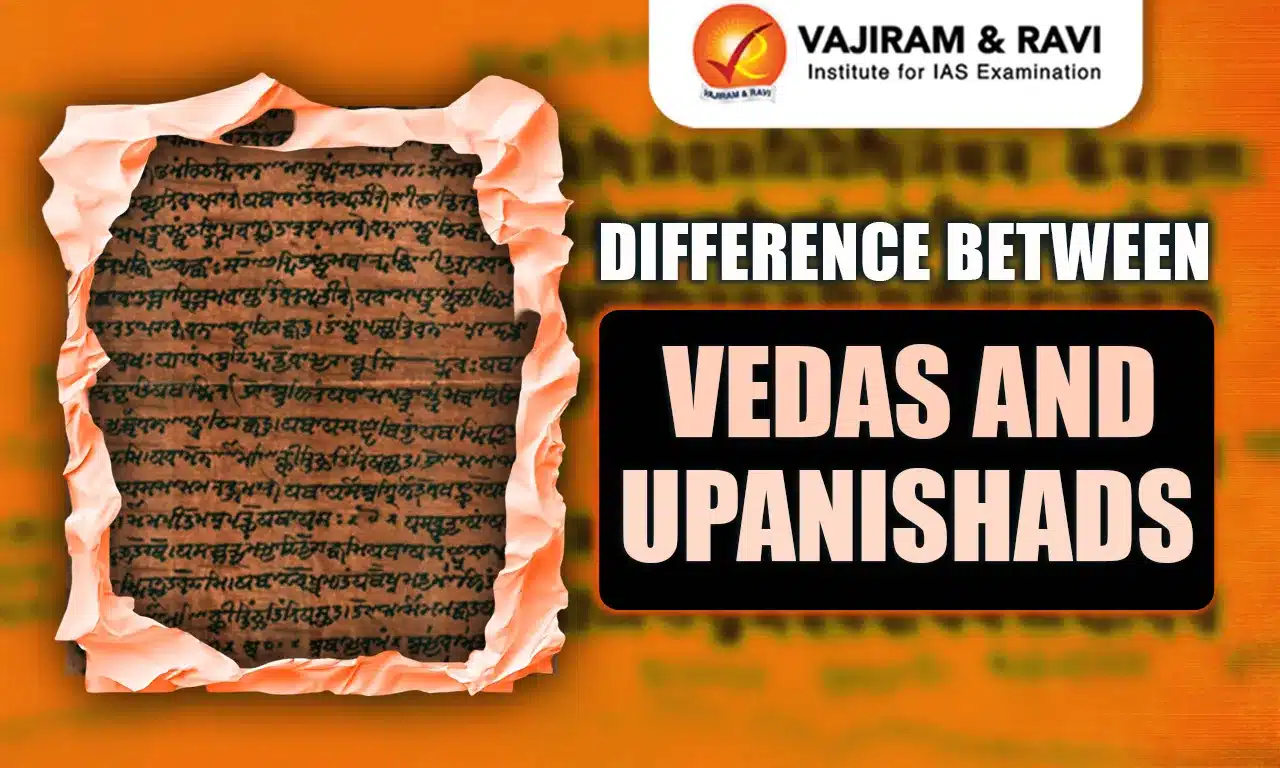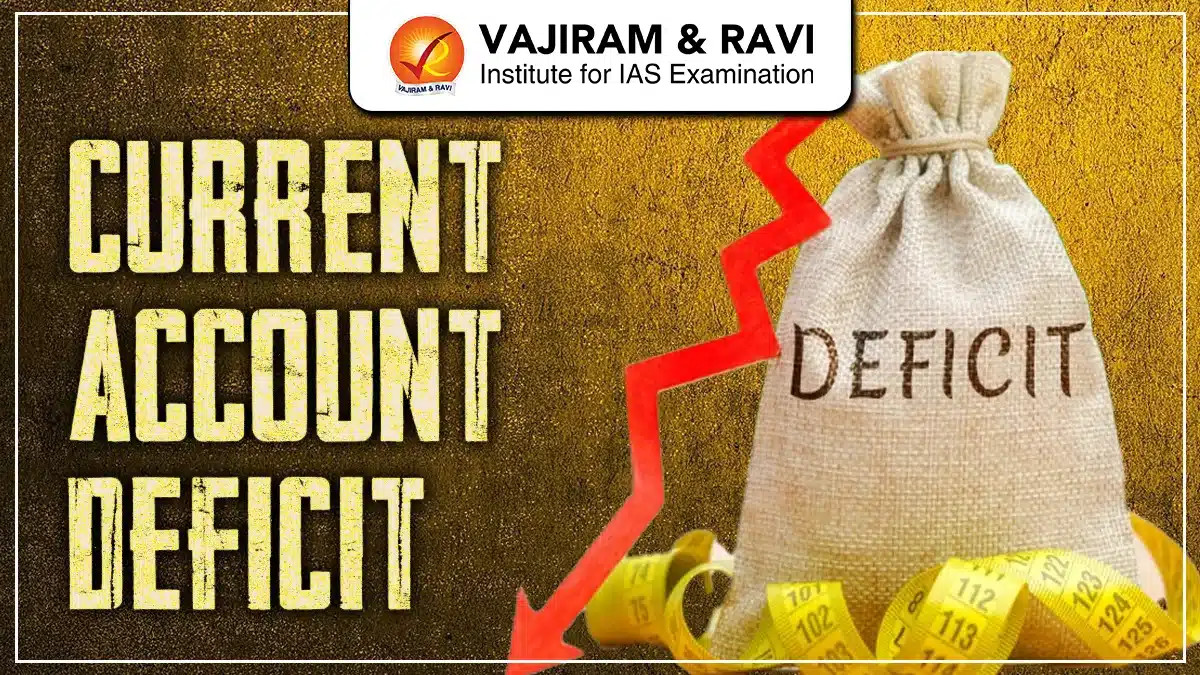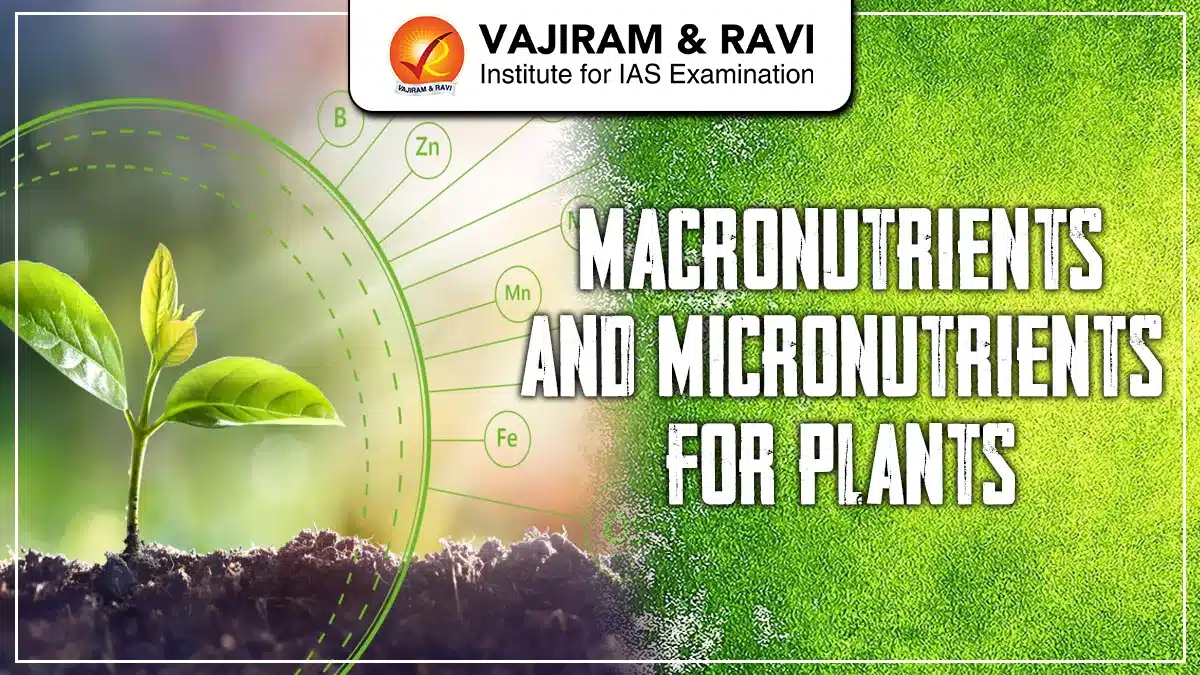The Vedas and Upanishads are foundational texts of ancient Indian literature and spirituality, forming the foundation of Hindu philosophy. Composed in Vedic Sanskrit, the Vedas represent the earliest known scriptures of Hinduism, comprising hymns, rituals, and spiritual guidance. The Upanishads, emerging later within the Vedic tradition, mark a philosophical evolution shifting focus from ritual practices to introspective inquiry and metaphysical concepts.
This article will explore the basic concepts, significance, and Difference Between Vedas and Upanishads to help learners better understand these ancient texts.
Vedas
The Vedas are the foundational scriptures of Hinduism, composed in Vedic Sanskrit and regarded as some of the oldest religious texts in the world. Derived from the Sanskrit word “Veda,” meaning “knowledge,” these texts offer profound insights into the origins of existence and humanity’s relationship with the divine. Unlike many religious scriptures attributed to specific individuals or moments in history, the Vedas are considered timeless and were believed to have been discovered, not authored, by ancient sages.
Initially preserved through oral tradition, the Vedas were meticulously memorized and recited by students under the guidance of their teachers to ensure accurate transmission across generations. This rigorous oral preservation was eventually followed by written documentation, making the Vedas accessible in textual form today. They continue to hold immense spiritual, philosophical, and cultural significance in Indian thought.
Key Features
- There are four Vedas: Rigveda, Samaveda, Yajurveda, and Atharvaveda.
- Each Veda consists of four parts: Samhitas (hymns), Brahmanas (rituals), Aranyakas (forest texts), and Upanishads (philosophy).
- Mainly ritualistic and ceremonial in nature, guiding Vedic practices and sacrifices (yajnas).
- Composed to uphold cosmic order (ṛta) through rituals and hymns.
- Language: Vedic Sanskrit.
Upanishads
The Upanishads represent the philosophical and spiritual core of Hindu religious literature. The term “Upanishad” is derived from Sanskrit, meaning “to sit down near,” symbolizing the intimate teacher-student relationship through which profound knowledge is transmitted. These texts emphasize the pursuit of spiritual enlightenment and mark a transition from ritualistic practices to introspective understanding.
The Upanishads explore metaphysical concepts such as the nature of the self (Atman), the ultimate reality (Brahman), and the relationship between the two. They delve into the purpose of human existence, the essence of consciousness, and the means of attaining liberation (moksha).
Key Features
- There are 108 principal Upanishads, with 11 being the most important (e.g., Isha, Kena, Katha, Mundaka).
- Focus on meditation, morality, and self-realization.
- Reject external rituals and instead emphasize internal knowledge and enlightenment.
- Explores non-dualism, karma, moksha, and the unity of Atman and Brahman.
- Regarded as the philosophical core of Hinduism.
Difference Between Vedas and Upanishads
While the terms “Vedas” and “Upanishads” are often used interchangeably, they represent distinct components of ancient Indian scriptures. In fact, the Upanishads form a part of the broader Vedic literature. To clarify their differences in purpose, content, and philosophical focus, the table below outlines a detailed Difference Between Vedas and Upanishads
| Difference Between Vedas and Upanishads | ||
| Aspect | Vedas | Upanishads |
|
Definition |
Ancient sacred texts forming the core of Vedic literature |
Philosophical texts forming the concluding part of the Vedas |
|
Purpose |
Emphasize rituals, hymns, and sacrifices |
Focus on philosophy, meditation, and spiritual knowledge |
|
Content |
Hymns, chants, rituals, prayers |
Dialogues, monologues, and teachings on the self and the universe |
|
Nature |
Ritualistic and ceremonial |
Spiritual and philosophical |
|
Part of |
Entire Vedic literature |
Last section of each Veda (Vedanta) |
|
Language |
Vedic Sanskrit |
Later Vedic Sanskrit |
|
Philosophical Depth |
Limited; focused on external practices |
Deep philosophical insights on existence, soul, and moksha |
|
Example Texts |
Rigveda, Samaveda, Yajurveda, Atharvaveda |
Isha, Kena, Katha, Chandogya, Mundaka Upanishads |
Key Points to Remember
- The Vedas are the source of all Hindu spiritual knowledge; the Upanishads are its essence.
- Upanishads mark a shift from external rituals to internal introspection.
- The Upanishads were composed later than the Vedas but are embedded within them.
- Vedas focus on yajnas and mantras, while Upanishads focus on knowledge (jnana) and liberation (moksha).
Last updated on January, 2026
→ Check out the latest UPSC Syllabus 2026 here.
→ Join Vajiram & Ravi’s Interview Guidance Programme for expert help to crack your final UPSC stage.
→ UPSC Mains Result 2025 is now out.
→ UPSC Notification 2026 is scheduled to be released on January 14, 2026.
→ UPSC Calendar 2026 is released on 15th May, 2025.
→ UPSC Prelims 2026 will be conducted on 24th May, 2026 & UPSC Mains 2026 will be conducted on 21st August 2026.
→ The UPSC Selection Process is of 3 stages-Prelims, Mains and Interview.
→ UPSC Result 2024 is released with latest UPSC Marksheet 2024. Check Now!
→ UPSC Toppers List 2024 is released now. Shakti Dubey is UPSC AIR 1 2024 Topper.
→ Also check Best IAS Coaching in Delhi
Difference Between Vedas and Upanishads FAQs
Q1. Are the Upanishads separate from the Vedas?+
Q2. What are the four Vedas?+
Q3. Which Upanishads are most important?+
Q4. What is the main difference between the Vedas and Upanishads?+
Q5. Why are the Upanishads called Vedanta?+

















